Baladi vs Saidi, Ines provides information!
Thank you to Ines, a belly dancer and teacher, for answering our theoretical and cultural questions regarding Bellydance and also for sharing her experience.
What is your story with dance and particularly oriental dance?
 I started Bellydance at 15 years old, I had never practiced other dances before but already loved dancing. Since I was little, I've been dancing alone at home, I imitated the dances seen in music videos. After 4 years of taking group bellydance lessons, I spent a semester in Spain where I started attending oriental dance workshops and participating in festivals.
I started Bellydance at 15 years old, I had never practiced other dances before but already loved dancing. Since I was little, I've been dancing alone at home, I imitated the dances seen in music videos. After 4 years of taking group bellydance lessons, I spent a semester in Spain where I started attending oriental dance workshops and participating in festivals.
My first festival was with Raqia Hassan, Soraia Zaed and Aziza, 3 great egyptian oriental dancers. I didn't know much about it, but seeing them in training explaining their dance and seeing them evolve on stage, opened up a field of possibilities. I realized that Bellydance could be technical, studied in detail, and that I could feed my passion. I then went to worshops and training, and I was lucky to see great international well-known artists: Sadie and Mahmoud Reda among others.
Back in France, I started to give oriental dance lessons in Nantes and kept on training. Today, I've been giving bellydance lessons for 10 years and never stopped learning.
What is the Baladi in Bellydance?
 The word "Balad" means "land", "homeland", so Baladi means "my land", "my homeland", "home". This term applies to many things in Egypt, a dog can be Baladi, just like the bread, etc. It highlights the deep Egyptian character of what we are talking about. When we talk about Baladi in oriental dance, we talk about lots of things.
The word "Balad" means "land", "homeland", so Baladi means "my land", "my homeland", "home". This term applies to many things in Egypt, a dog can be Baladi, just like the bread, etc. It highlights the deep Egyptian character of what we are talking about. When we talk about Baladi in oriental dance, we talk about lots of things.
As for Baladi music, I would say that it is Egyptian folk music in the broad sense, the style practiced until the 70s. When we speak of "Baladi awadi", we bring up an improvised musical structure on which many belly dancers share creations, it is often an improvisation between an accordionist (leader) and a percussionist.
Finally, the Baladi dance characterizes a dance deeply inspired by Egyptian energy: anchored to the ground, full of playfulness and sensitivity just like the Bent El Balad, the "country girl" in Egypt.
As for costumes, it is often performed in galabeya, the traditional egyptian outfit.
What is the difference with the Saidi ?
 The term "Saidi" refers to people living in Upper Egypt, in southern Egypt. This word also refers to their popular music and dances. This type of oriental dance is often performed with an accessory such as a stick or cane. Typical steps borrowed from the tahtib (ancient Egyptian martial art practiced by the Saidi people), a more energetic attitude, the galabeyas in assuit (traditional fabric) characterize the Saidi.
The term "Saidi" refers to people living in Upper Egypt, in southern Egypt. This word also refers to their popular music and dances. This type of oriental dance is often performed with an accessory such as a stick or cane. Typical steps borrowed from the tahtib (ancient Egyptian martial art practiced by the Saidi people), a more energetic attitude, the galabeyas in assuit (traditional fabric) characterize the Saidi.
In this difficult situation, what is your secret to keep on smiling and being motivated?
What advice would you give to bellydance students to help them hang on to their learning despite remote lessons and the cancellation of end-of-year galas?
 I don't know if I have a secret... But lots of things helped me. First my students' motivation who followed my oriental dance online lessons. I was boosted by seeing each other every week using videoconferencing! And I believe that seeing me boosted again, boosted them too, it was a virtuous circle...!
I don't know if I have a secret... But lots of things helped me. First my students' motivation who followed my oriental dance online lessons. I was boosted by seeing each other every week using videoconferencing! And I believe that seeing me boosted again, boosted them too, it was a virtuous circle...!  I also motivated myself by attending remote bellydance lessons from time to time, it was good to discover different teachers. And then, dancing has been part of my daily life since I was little. Finally, it was very natural to continue dancing, it even was a need.
I also motivated myself by attending remote bellydance lessons from time to time, it was good to discover different teachers. And then, dancing has been part of my daily life since I was little. Finally, it was very natural to continue dancing, it even was a need.
In addition, I am positive and I like to see the bright side in the situations I go through. I saw this period as an opportunity to train more, to deepen my own dance. It is also a chance to return to the original meaning of dance. Indeed, before shows or performing in front of an audience, we all dance, I think, because it feels good and simply makes us happy.
In your opinion, what essential quality should an oriental dancer have?
Belly dancer or dancer of another style, I would say that the most important thing is to be yourself and not let anyone tell you how we dance.
What is your most beautiful artistic meeting in the domain of oriental dance and why?
 I have had many beautiful artistic and human encounters, so I cannot name just one... The Bellydance companies I belonged to: Ameiya, Badawat and Bakat Basamat are great sources of enrichment, both artistically and humanly. The collaborations for the show “Les Mémoires de Bastet” created by Faith Chang were also very informative and fulfilling. And my everyday students are also great artistic encounters, they inspire me a lot.
I have had many beautiful artistic and human encounters, so I cannot name just one... The Bellydance companies I belonged to: Ameiya, Badawat and Bakat Basamat are great sources of enrichment, both artistically and humanly. The collaborations for the show “Les Mémoires de Bastet” created by Faith Chang were also very informative and fulfilling. And my everyday students are also great artistic encounters, they inspire me a lot.
Have you experienced so far any hardships or setbacks in your career as an oriental teacher and dancer? What are they, what did you learn from them and how did you overcome them?
 Being a Bellydance teacher and dance is not an easy job. It's full of incertainties. Each year is a new beginning and it is not very secure. You have to renew yourself all the time, have new ideas and sometimes it can be exhausting. Therefore, in my opinion, we must find a balance between our need for security and our need for self-fulfillment. I am someone who loves to launch new projects and you must know how to accept that some are failures and bounce back so that others are successes. It's a job which taught me perseverance and tenacity.
Being a Bellydance teacher and dance is not an easy job. It's full of incertainties. Each year is a new beginning and it is not very secure. You have to renew yourself all the time, have new ideas and sometimes it can be exhausting. Therefore, in my opinion, we must find a balance between our need for security and our need for self-fulfillment. I am someone who loves to launch new projects and you must know how to accept that some are failures and bounce back so that others are successes. It's a job which taught me perseverance and tenacity.




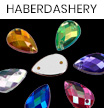




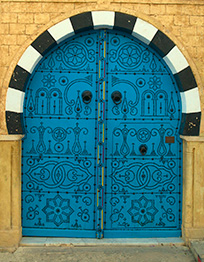

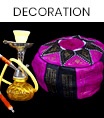

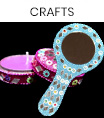

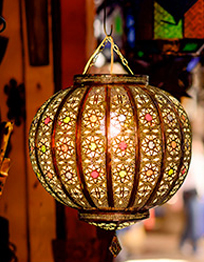


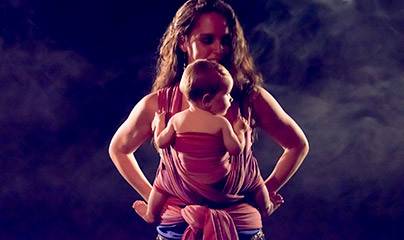
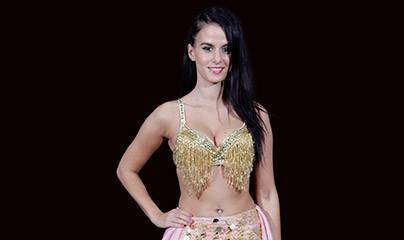
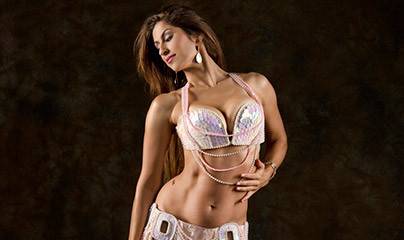
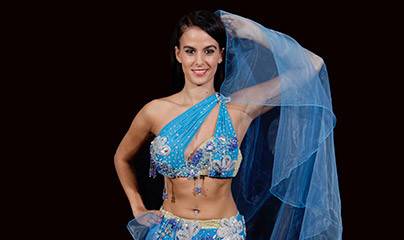

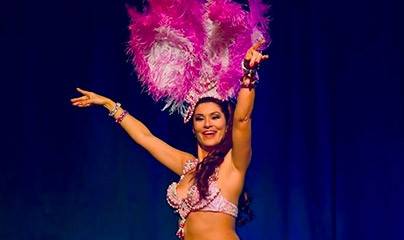
Leave a comment
Login to post comments